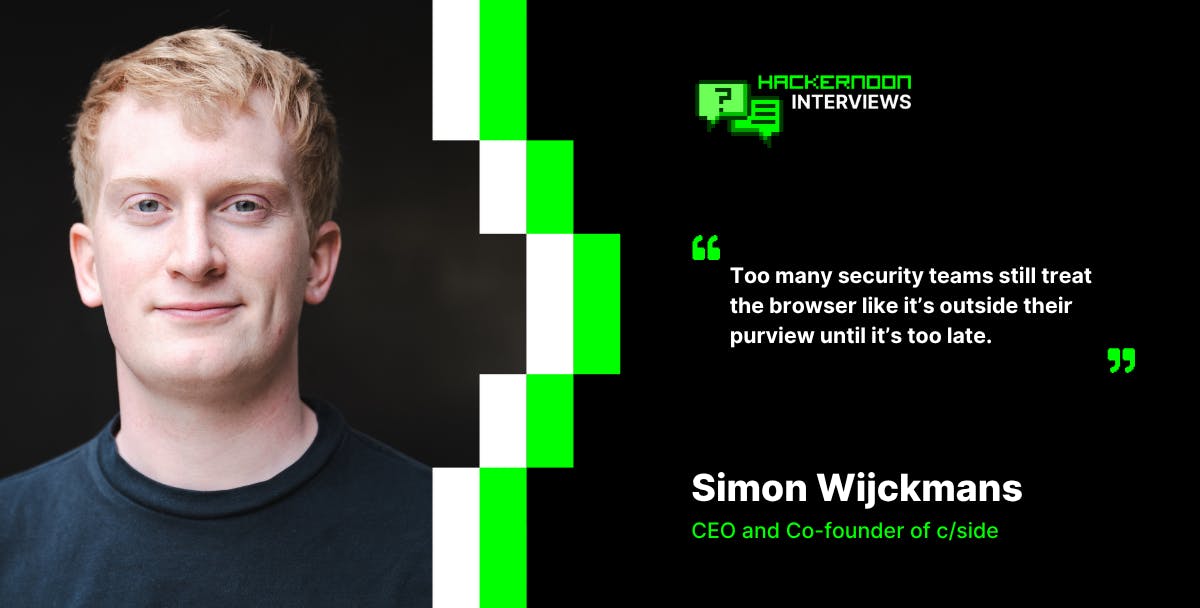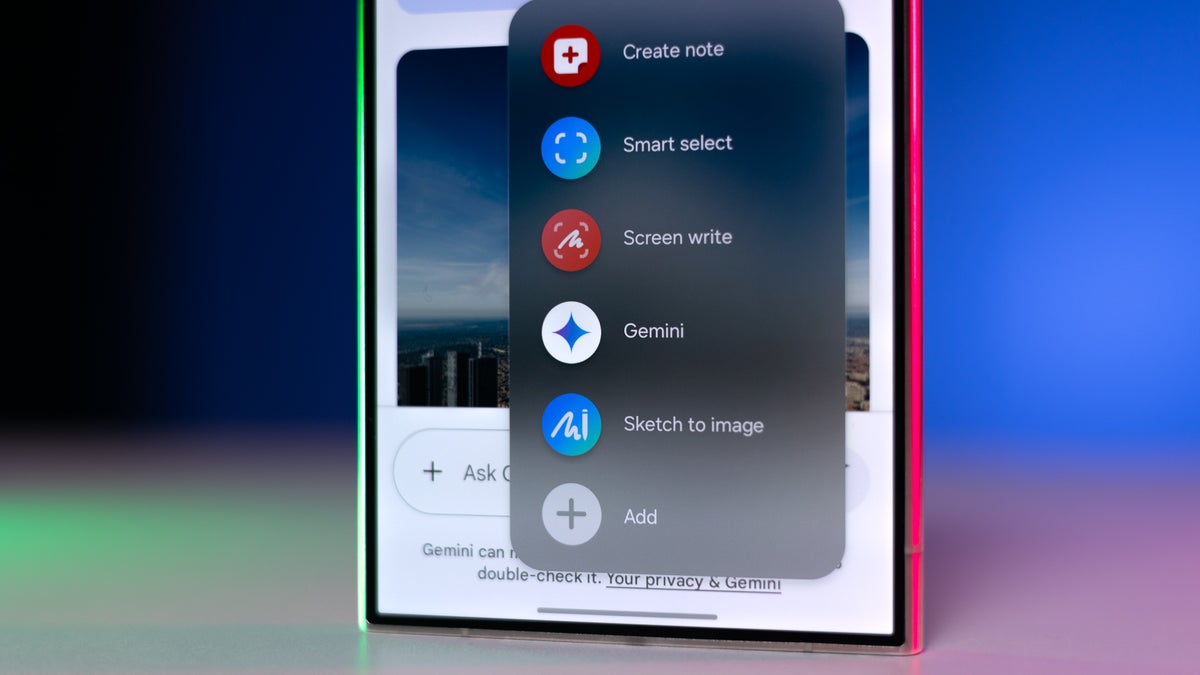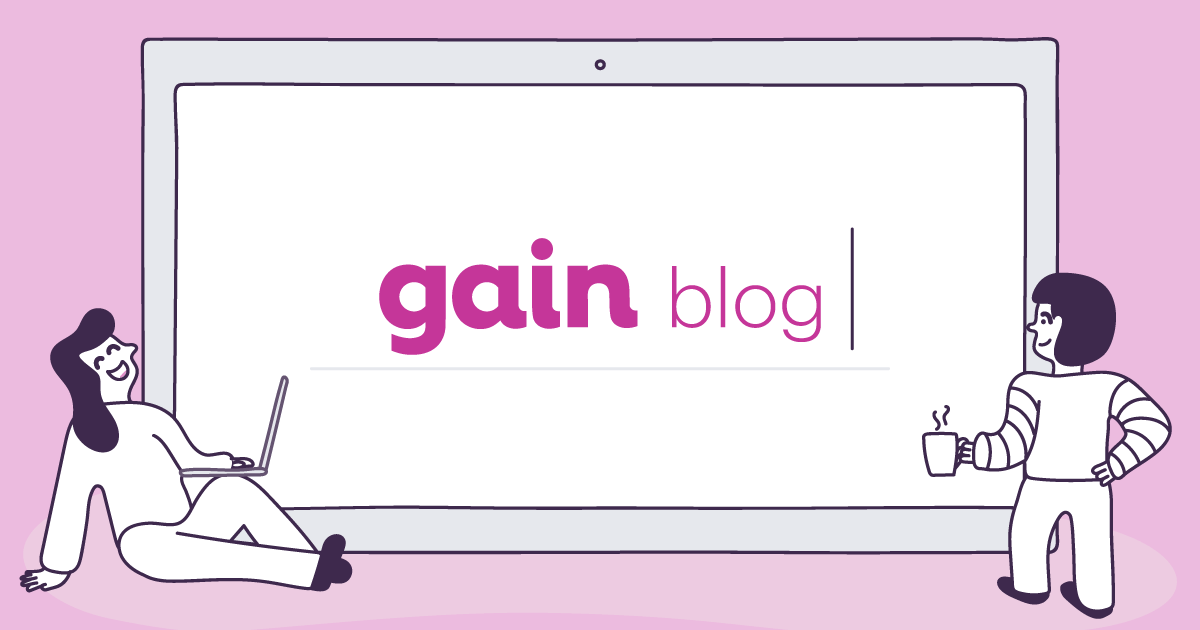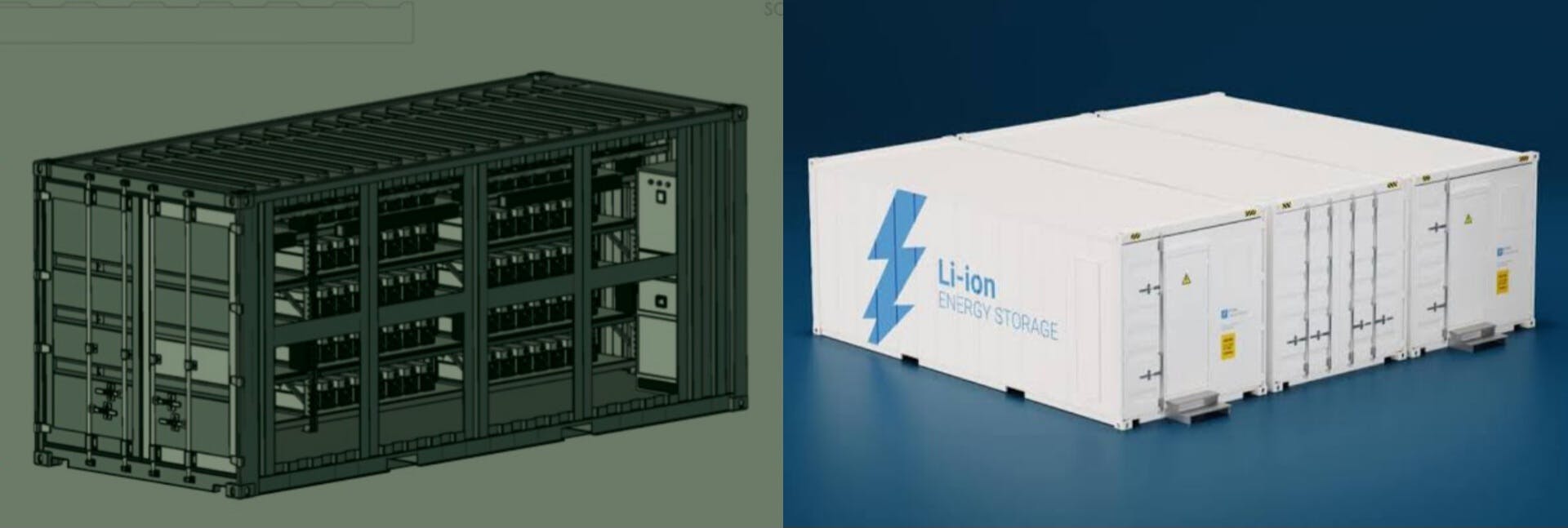Too many security teams still treat the browser like it’s outside their purview until it’s too late.
1. What is your company in 2–5 words?
Simon Wijckmans: Browser-side security, done thoroughly.
2. Why is now the time for your company to exist?
Browser-side attacks are exploding. Threat actors are exploiting vulnerable third-party web scripts with alarming frequency and increasing sophistication, and most security tools don’t even look at this layer. But between the Polyfill attack, Magecart campaigns, and new PCI DSS 4.0 compliance mandates, the market is finally waking up to the urgent need for real-time client-side protection. We’re here to give security teams visibility and control where they’ve had neither.
3. What do you love about your team, and why are you the ones to solve this problem?
We’ve lived this pain! I spent years at Cloudflare and Vercel helping developers build secure, high-performance websites, but I saw firsthand how neglected the browser layer is when it comes to cybersecurity execution. Our team at c/side blends security researchers, top-notch cybersecurity engineers, and just generally a group of devtool obsessives. We understand the architecture of modern sites inside and out, and we’re uniquely positioned to protect them from threats that traditional tools miss entirely.
4. If you weren’t building your startup, what would you be doing?
I’d probably still be building security tools, but inside a large company where these kinds of threats are often and mistakenly de-prioritized. Founding c/side gave me the freedom to pursue the problem I believe matters most, at the speed it deserves.
5. At the moment, how do you measure success? What are your metrics?
Adoption of our free and paid proxy layers, the number of third-party scripts secured per customer, and blocked malicious executions are core metrics. But we also track how often we help customers meet regulatory requirements like PCI DSS 4.0 with no changes to their frontend code. When a security or DevOps lead tells us we saved them from a breach (or from a compliance disaster) that’s our real win.
6. In a few sentences, what do you offer to whom?
c/side is a web security platform that continuously monitors and protects websites from malicious third-party scripts. We help security and dev teams gain full visibility into what’s actually running in their users’ browsers, block dangerous code in real-time, and meet compliance requirements automatically. Our AI-powered proxy inspects and rewrites scripts in-flight, so we can stop attacks before they ever reach users.
7. What’s most exciting about your traction to date?
We’ve secured billions of script executions, stopped real-world Magecart-style attacks, and helped Fortune 500s and startups alike meet tough new PCI DSS mandates. We’re also seeing a growing community of developers adopt c/side as part of their standard frontend stack, something I never thought I’d see this early in our journey. We’ve also attracted venture funding from an exceptional group of investors, including Mantis VC, Scribble Ventures, and Roar Ventures.
8. Where do you think your growth will be next year?
Browser-side security is quickly becoming a must-have security capability across fintech, healthcare, e-commerce, SaaS and other verticals. It absolutely should have already been that, but this part of the cybersecurity world is finally getting attention because of how prominent (and, honestly, easy) some of these recent breaches have been. We’re also expecting to continue seeing a major bump in enterprise adoption driven by new PCI enforcement that went into effect in March.
9. Tell us about your first paying customer and revenue expectations over the next year.
Our first paying customer was a digital bank that had already been hit by a third-party script attack. They came to us after realizing their browser-side activity was a total black box. We helped them gain visibility and control without rearchitecting their frontend. In terms of revenue, our biggest goal is to double it year over year. We’ve hit that so far, and 2025’s demand signals look even stronger.
10. What’s your biggest threat?
Complacency. Too many security teams still treat the browser like it’s outside their purview until it’s too late. Our job is partly to change minds. Another risk is the rise of low-effort, AI-generated “security” vendors that overpromise and underdeliver. We’re investing heavily in transparency, customer education, and measurable results to cut through that noise.
This startup founder interview template is based on HackerNoon Founder & CEO David Smooke’s ten questions for startup founders.











